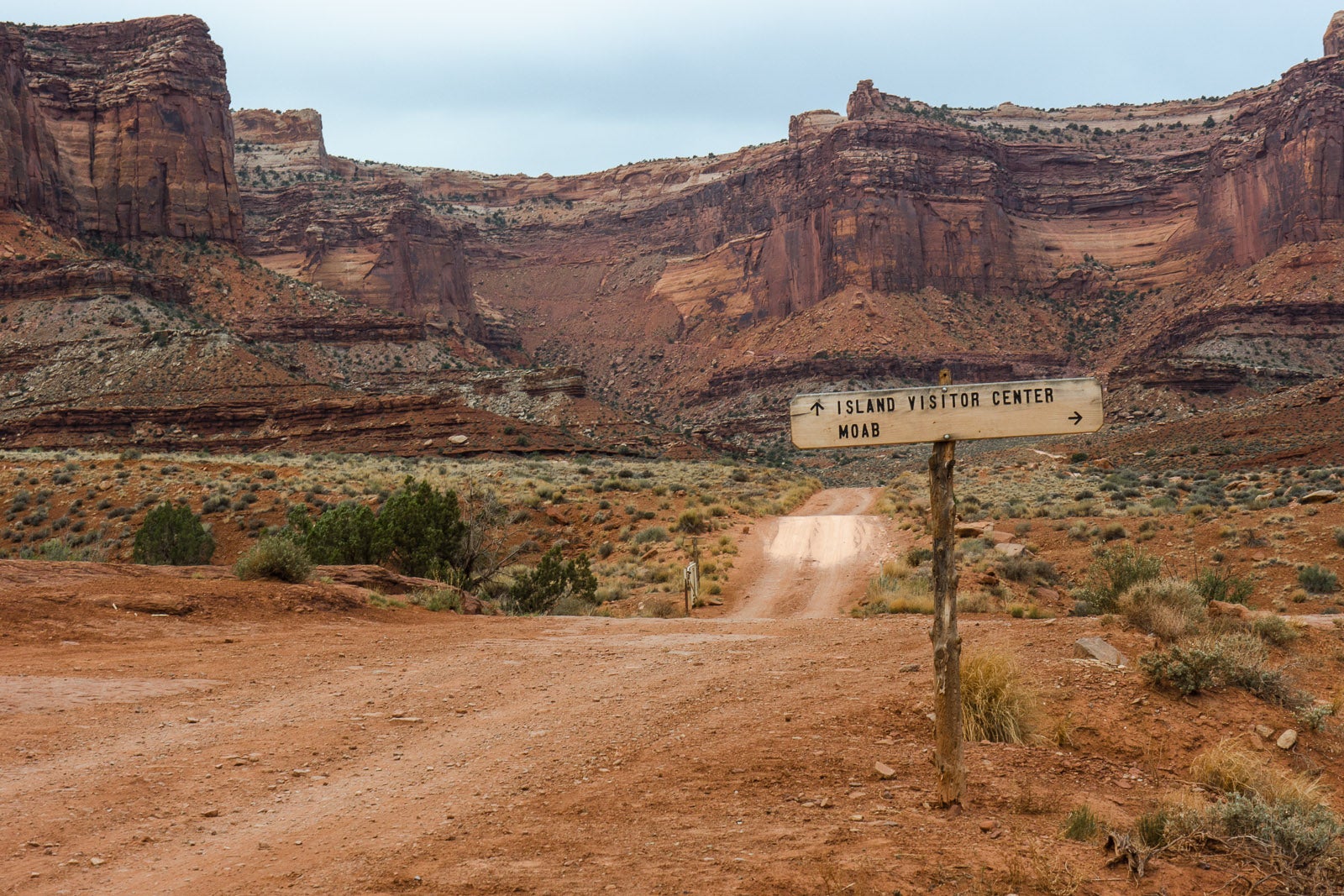National Park Service Reverses Decision to Allow ATVs in Utah Parks

'Panoramio upload bot'
Update: The National Park Service rescinded a proclamation on Friday that would have allowed off-road vehicles (ORVs) inside Utah’s national parks. A press release from the agency stated, “after further consultation between the National Park Service and the Department of Interior, including the Secretary of the Interior, the NPS today directed that all ORV closures at national park sites in Utah currently in place will remain in effect.”
In a press release for The National Parks Conservation Association, Steve Bloch, Legal Director for the Southern Utah Wilderness Alliance said, “the Park Service made the right decision to keep off-road vehicles out of Utah’s national parks and monuments. There are tens of thousands of miles of roads and dirt trails throughout Utah where these vehicles can be driven. Trying to shoehorn that use into the parks and monuments didn’t make sense and inevitably would have resulted in damage to the very things that make these places so remarkable and what visitors come to experience.”
Original post: A new rule allowing off-road vehicle use in Utah’s national parks is set to take effect on November 1, despite the objections of some senior National Park Service staff in the state who say that the policy will damage fragile desert landscapes
The new policy will allow street-legal ORVs—also known as off-highway vehicles, or OHVs—on all roads, contradicting strict rules against such machines in most parks. The agency did not accept public comment on the change, which was announced on September 24 by Acting Regional Director Palmer “Chip” Jenkins in a memo to park administrators. It has framed the change as a move to align park policy with Utah state law, which allows registered ORVs on any road open to cars.
The vehicles must meet certain safety standards to qualify as “street-legal,” and must be registered and insured in order to enter the parks. Areas affected by the rule include Canyonlands, Capitol Reef, Zion, Arches, and Bryce Canyon National Parks, along with Dinosaur National Monument, and Glen Canyon National Recreation Area.
The proclamation has been firmly rejected by many park users and officials within the National Park Service. Most notably, Superintendent for the Southeast Utah Group Kate Cannon is an outspoken opponent of ORVs in the parks. In past years, Cannon has taken measures to ban their use in the areas she oversees, which includes Canyonlands and Arches National Parks.
Critics like Cannon cite the vehicles’ noise levels, capacity to kick up dust, and power to stimulate erosion as reasons to keep them out of National Parks.
In a memo shared by the Salt Lake Tribune, Cannon wrote, “The propensity of these vehicles to be driven off-road even where prohibited is well established in research.” Park officials worry that rangers, already stretched thin, will be unable to effectively enforce keeping the vehicles on the roads and off of the fragile desert landscape.
A study published in 2003 by the Wildlife Conservation Society supports many of Cannon’s and other critics’ claims. The paper, entitled All-Terrain Vehicles in the Adirondacks, reported on the impact of ATVs and ORVs in the wilderness of New York, as well as across the nation. According to the study, “all forms of recreation have some effect on the local environment, but ATVs represent an extreme in the continuum of recreation use impacts.” Among these impacts are increased soil compaction and erosion, as well as disruption to wildlife.
Supporters of the rule have pointed out that motorcycles, nearly as noisy as ORVs, are already allowed inside the parks. But ORVs will be able to access dirt roads in remote areas of the parks, such as Canyonlands’ White Rim Road, which most motorcyclists rarely frequent.
“Visitors have appreciated these parks for their traditional solitude, quiet and undeveloped experiences,” Cannon wrote to the Salt Lake Tribune. “Any use [of] ORVs will significantly alter the basic visitor experience that has endured for nearly 100 years of recreation.”
Off-road enthusiasts have mostly welcomed the change. In an interview, Ben Burr, policy director at the pro-ORV group Blue Ribbon Coalition/Share Trails, counters that “almost all visitors to national parks arrive in a motorized vehicle of some kind,” and says that singling out ORV enthusiasts is unfair.
“Unlike other user groups who can and do negatively impact the parks, [off-highway vehicle] users have been uniquely singled out and categorically banned,” said Burr. “These parks are public lands. The roads that lead to and through them are also public resources. Our starting point for any public policy that regulates public access to these public benefits should be a broad position of cooperativeness and inclusion.”
The online rhetoric around the rule change has been heated, with commenters lamenting that the increased access will facilitate “graffiti vandals” and “environmental destroyers” to access Utah’s most pristine wilderness. ORV riders have been called “demons riding recklessly,” litterers, and disrespectful.
But these generalizations, according to Burr, are far from universal truth. “As the OHV community grows, they are also maturing as a user group,” he said. “There is a growing number of non-profits, riding clubs, and other organizations that can be mobilized to help educate users and self-police OHV users about the best ways to respect these resources.”
Meanwhile, advocates continue to push back against the access rule. Elected officials in Grand County, which includes Moab, passed a resolution earlier this month imploring the Park Service to reconsider the directive. The rule is set to go into effect on November 1.